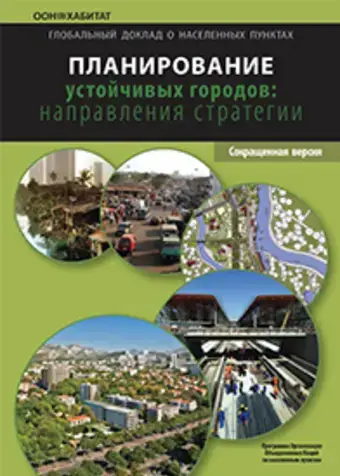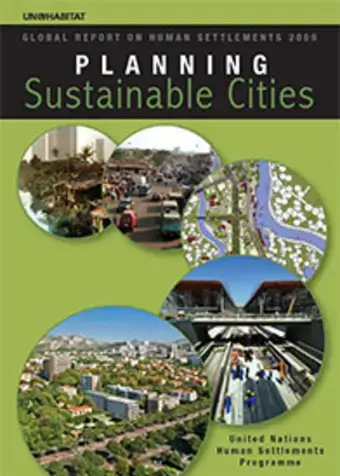 This report presents an overview of the state of planning in Africa. It is the result of research carried out by the African Planners Association among 15 of its affiliate member countries - Burkina Faso, Ghana, Kenya, Lesotho, Malawi, Mauritius, Namibia, Nigeria, Senegal, South Africa, Tanzania, Uganda, Zambia and Zimbabwe.
This report presents an overview of the state of planning in Africa. It is the result of research carried out by the African Planners Association among 15 of its affiliate member countries - Burkina Faso, Ghana, Kenya, Lesotho, Malawi, Mauritius, Namibia, Nigeria, Senegal, South Africa, Tanzania, Uganda, Zambia and Zimbabwe.
The State of Planning in Africa
Finance Policies and Procedures Manual Volume 1
 Small water utilities face unique challenges in delivering water and sanitation services to their customers. With a limited revenue base and few opportunities to benefit from economies of scale, they often suffer from severe skill shortages and a long legacy of underinvestment in infrastructure and capacity enhancement. To overcome these challenges, the small utilities need to maximize their operating efficiencies and ensure optimum utilization of their assets.
Small water utilities face unique challenges in delivering water and sanitation services to their customers. With a limited revenue base and few opportunities to benefit from economies of scale, they often suffer from severe skill shortages and a long legacy of underinvestment in infrastructure and capacity enhancement. To overcome these challenges, the small utilities need to maximize their operating efficiencies and ensure optimum utilization of their assets.
Fiji: National Urban Profile
 The Fiji National Urban Profile consists of an accelerated, action-oriented assessment of urban conditions, focusing on priority needs, capacity gaps, and existing institutional responses at local and national levels. The purpose of the study is to develop urban poverty reduction policies at local, national, and regional levels, through an assessment of needs and response mechanisms, and as a contribution to the wider-ranging implementation of the Millennium Development Goals.
The Fiji National Urban Profile consists of an accelerated, action-oriented assessment of urban conditions, focusing on priority needs, capacity gaps, and existing institutional responses at local and national levels. The purpose of the study is to develop urban poverty reduction policies at local, national, and regional levels, through an assessment of needs and response mechanisms, and as a contribution to the wider-ranging implementation of the Millennium Development Goals.
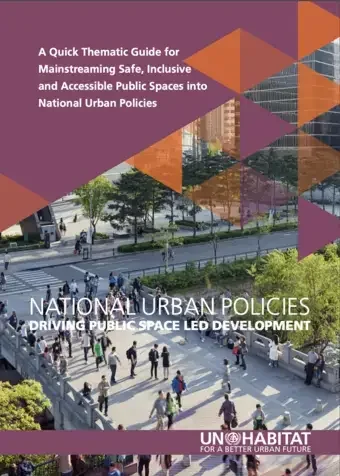
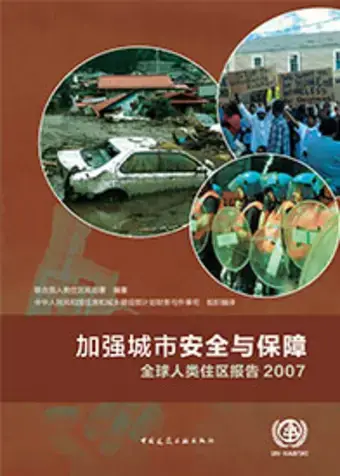
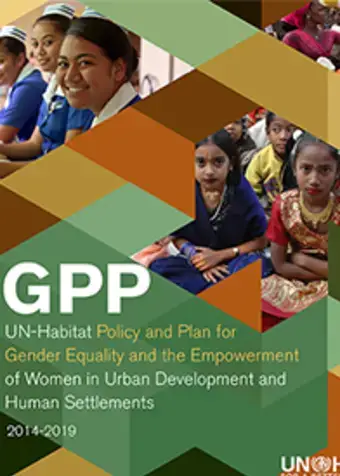
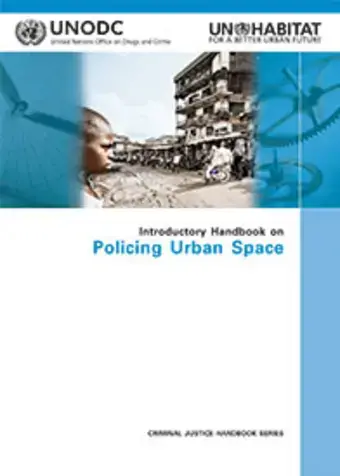
 UN-Habitat has carried out, through affordable geographic information systems, an estimation of the public space allocated to the street in different cities of the world to focus attention to the need for better spatial planning that gives due attention to streets and public spaces.
UN-Habitat has carried out, through affordable geographic information systems, an estimation of the public space allocated to the street in different cities of the world to focus attention to the need for better spatial planning that gives due attention to streets and public spaces.